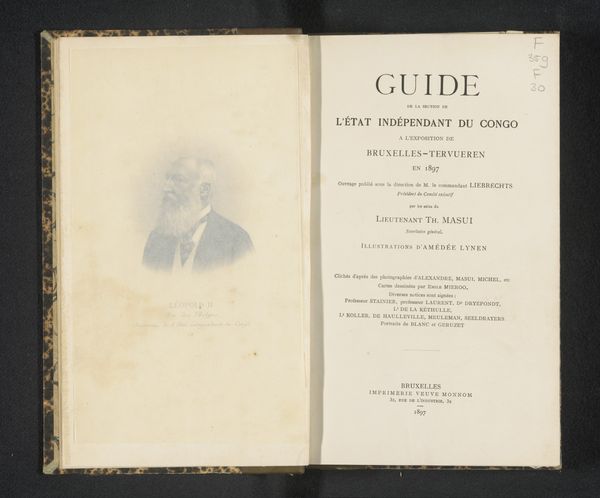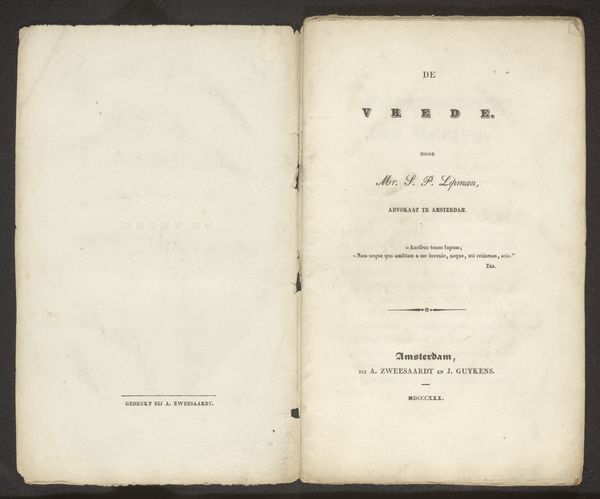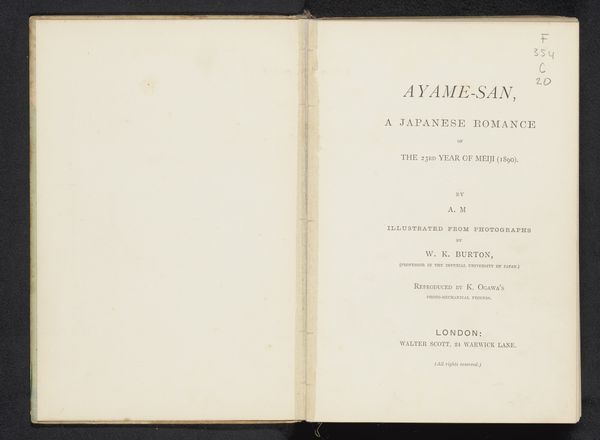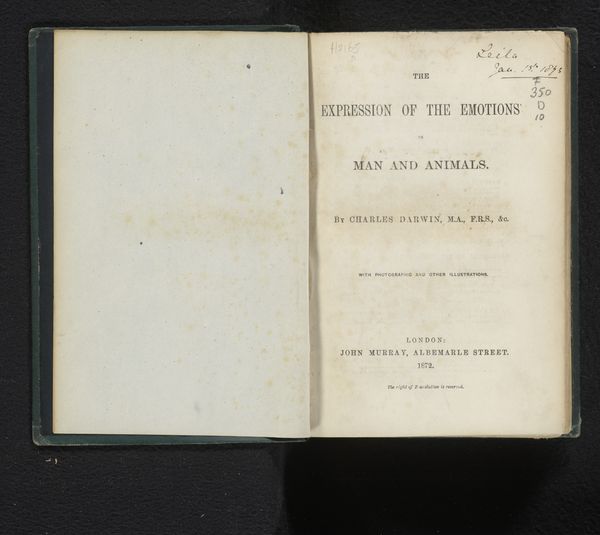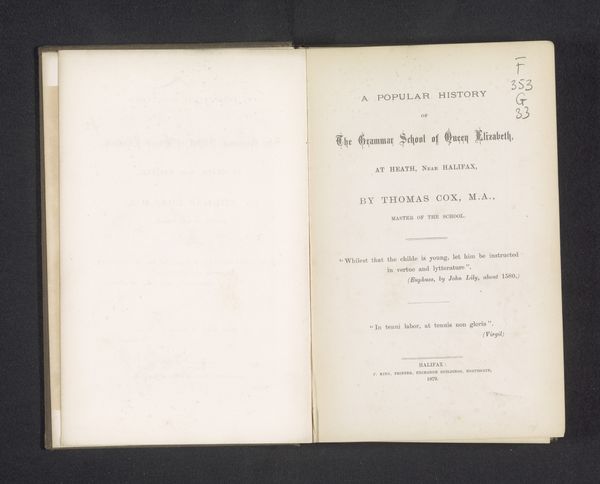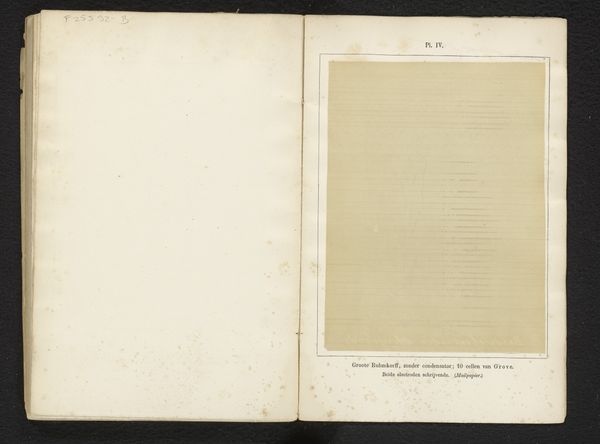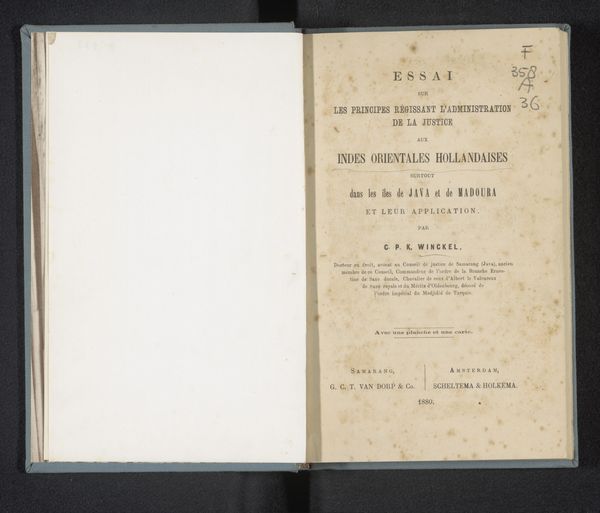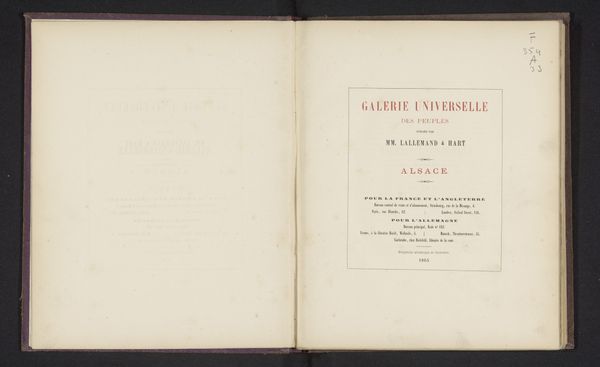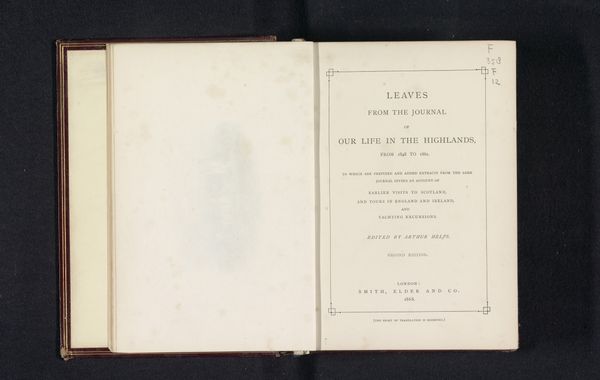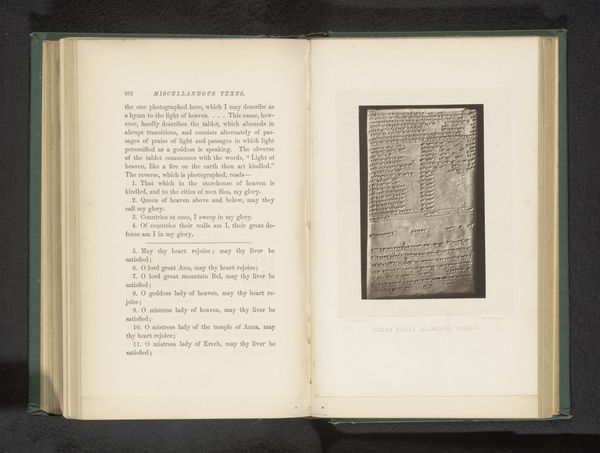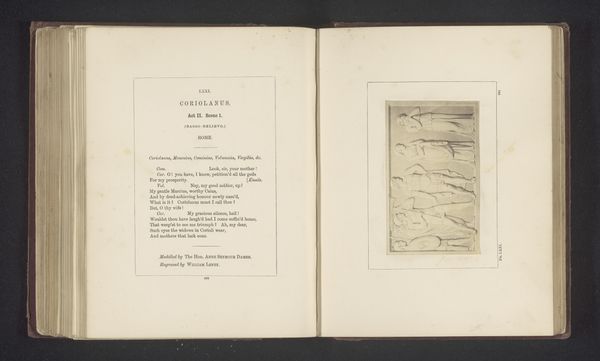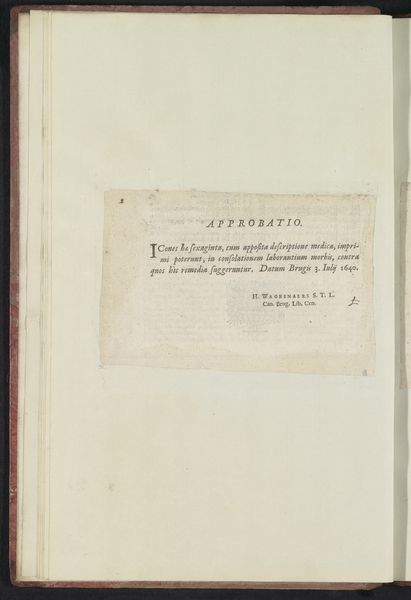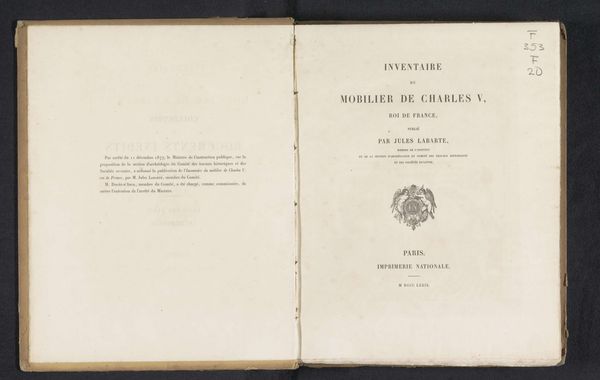
print, paper, typography
# print
#
book
#
paper
#
typography
Dimensions: height 160 mm, width 109 mm, thickness 15 mm
Copyright: Rijks Museum: Open Domain
Curator: Take a look at this open book. It’s a printing by the Montreal Printing and Publishing Company, from 1869, entitled “All-Round Route Guide.” It seems to be a directory of popular sites. Editor: It certainly has an aged look. Seeing those light brown spots all over the paper brings to mind old libraries and antique shops. A journey back in time is immediately apparent. Curator: Indeed. This was the second edition. Considering its publishing context, this work embodies the growing trend of travel guides aimed at tourists exploring eastern Canada and the northeastern United States in the mid-19th century. Destinations like the Hudson River, Niagara Falls, and Montreal are explicitly mentioned. Editor: And to frame the locations with respect to current times, many of the featured places evoke complicated, layered conversations about colonialism and land sovereignty. What was this book selling? Was it innocent tourism, or an active element in the romanticizing of occupied territory? Curator: A fair question. These guidebooks were definitely complicit in shaping perceptions of these areas, sometimes reinforcing stereotypes and power dynamics. For example, focusing on the "picturesque" often came at the expense of acknowledging Indigenous presence. But looking at the materiality of the book itself, you can observe the constraints of typography at the time and, in comparison to our modern travel guides, reflect upon how much less visual this book seems to be. Editor: True. But this absence may serve another function. The lack of images might provoke more independent exploration by individuals willing to see the spaces on their own terms. By resisting overly stylized interpretations, the book's framework may present a counter-narrative. Curator: I see your point. The tension between prescribing routes and inciting curiosity is interesting. Perhaps the simplicity was, in itself, a form of agency. Editor: Exactly. And agency, whether intended or accidental, makes it a much more compelling and complicated artifact than a mere historical travel pamphlet. Curator: It reminds us that seemingly benign objects can reveal much about social and political ideologies. Editor: Definitely. The “All-Round Route Guide” is more than a travel directory, it represents an ideological map worth examining from various angles.
Comments
No comments
Be the first to comment and join the conversation on the ultimate creative platform.
